semAI
Artificial Intelligence Augmented Solutions
Semion originated as a leader in developing healthcare AI technologies. We published the highest accuracy in Tuberculosis detection chest X-Rays in 2018. Our radiological image screening software based on this technology has proven to reduce screening burden in hospitals and tele-radiology practices.

Our Offers
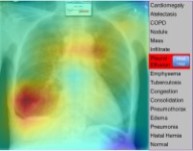
Radiology Reporting Quality Improvement
semRAD is the Artificial Intelligence (AI) part of semPACS. The software works independently with any PACS client. It is a X-Ray pathology screening software. It has been developed using the modern deep learning algorithms and trained on quarter million radiologist labeled X-Ray abnormalities. It has been already integrated to actual workflow in USA and Bangladesh. Second opinion provided by semRAD during X-Ray read improves the overall quality improvement of diagnosis.
Contact Us Learn More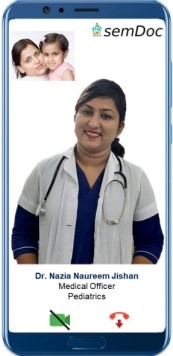
Primary Care Quality Improvement
Semion integrates Telemedicine, Teleradiology and AI in the same network. This enormously has increased health data throughputs for predicting health issues for individual patients. Consequently, the quality of primary helathcare has incresed at least 35% using the technologies by the caregiver.
Contact Us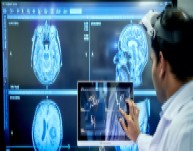
Emergency Care Quality Improvement
In US hospital emergency department workflow, the software has shown 89% sensitivity and 81% specificity. The software can be tuned for various sensitivity-specificity settings. These settings might be desirable for different use cases like second opinion during diagnosis or first screening for forwarding to radiologists. In a situation when access to the consultation of a radiologist is time critical, semRAD is the best decision support tool the emergency physicians have.
Contact Us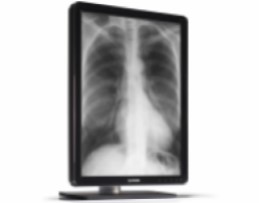
Chest Disease Screening Quality Improvement
semRAD can be used to screen for abnormal X-Rays for sending to radiologists. A large percent of X-Rays read in the emergency department are normal X-Rays. Being able to screen these normal cases with high sensitivity allows physicians to forward only abnormal cases to the radiologists and hence reduce cost significantly.
Contact Us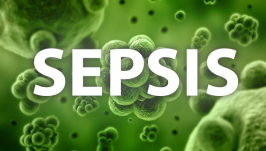
ICU Monitoring Quality Improvement
(** In Research **)
We study multiple rule-based and machine learning (ML) models for sepsis detection. We report the first neural network detection and prediction results on three categories of sepsis. For the detection of sepsis, severe sepsis, and septic shock, our model achieves an AUC of 0.97, 0.96 and 0.91, respectively. Four hours before the positive hours, it predicts the same three categories with an AUC of 0.90, 0.91 and 0.90 respectively. Further, we ranked the features and found that using six vital signs consistently provides higher detection and prediction AUC for all the models tested. Our novel ensemble model achieves highest AUC in detecting and predicting sepsis, severe sepsis, and septic shock in the MIMIC-III ICU patients, and is amenable to deployment in hospital settings.
Learn More